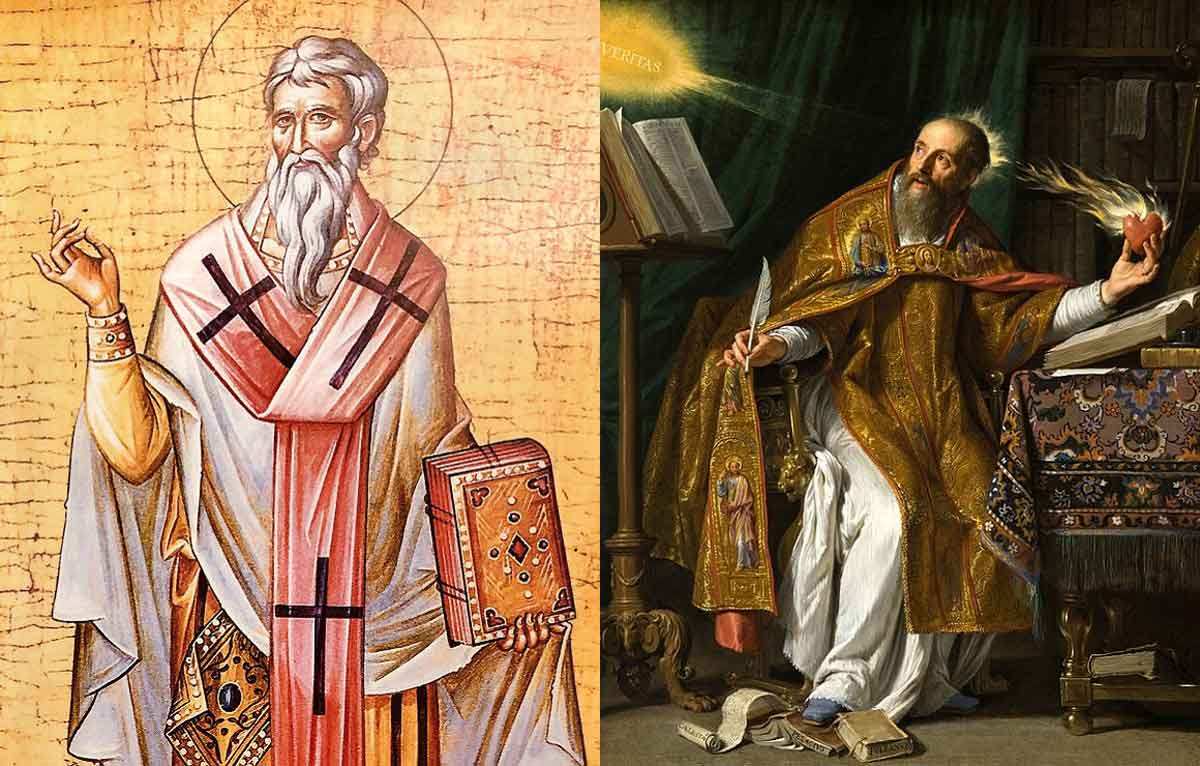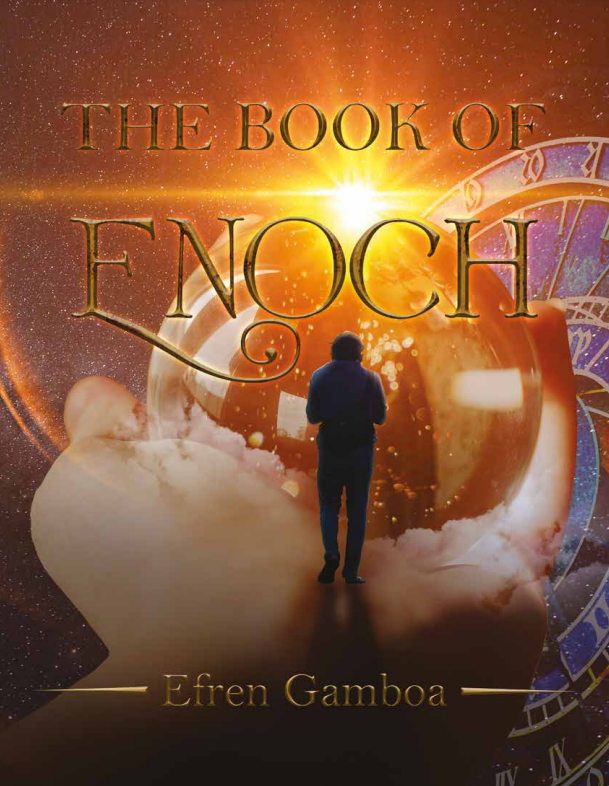Category Archives: Author
Exploring the Mysterious Authorship of the Book of Enoch: Unveiling Ancient Secrets
Key Points The Book of Enoch is a non-canonical Jewish text attributed to Enoch, the [...]
16
May
May
Who Wrote the Book of Enoch?
The Book of Enoch is a mysterious and intriguing religious text that has captivated scholars [...]
29
Feb
Feb
Where Did the Book of Enoch Come From?
The Book of Enoch is an ancient religious text that has fascinated and captivated readers [...]
29
Feb
Feb
The Watchers in the Book of Enoch A Tale of Corruption and Redemption
The Book of Enoch is an ancient religious text that has captured the imagination of [...]
29
Feb
Feb




